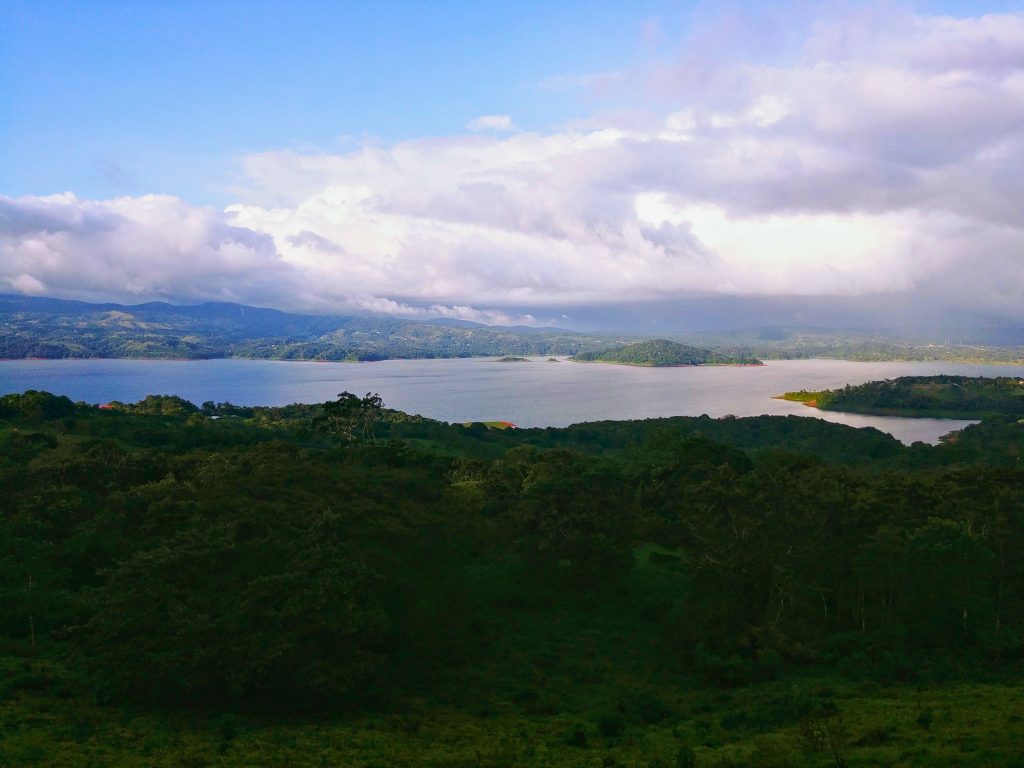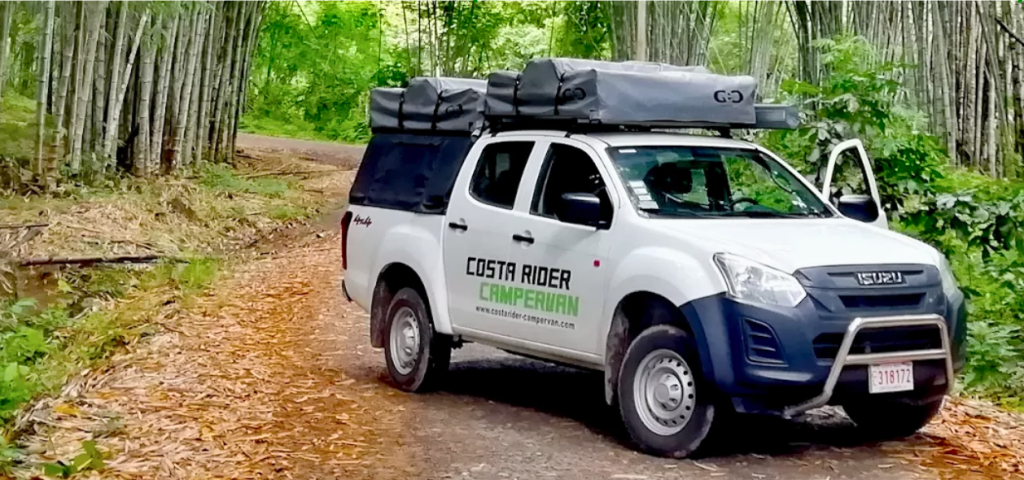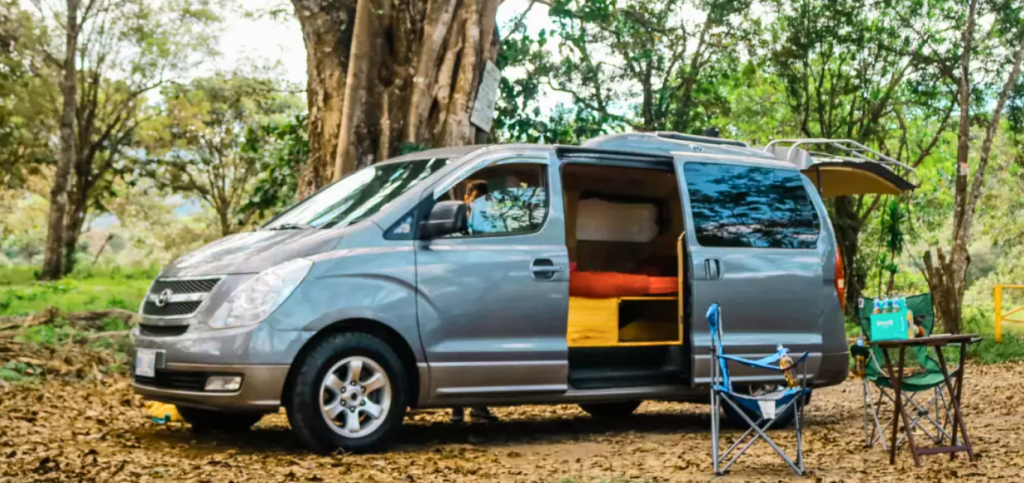Costa Rica by van: an unforgettable adventure
Costa Rica proves to be an ideal destination for the van life experience, offering a multitude of locations suitable for wild camping. The vast majority of these sites are accessible without any height restrictions. However, by the seaside, especially in the Nicoya Peninsula, which attracts more tourists, it might be wise to opt for a paid campsite to enjoy the beach easily while avoiding the inconveniences associated with a roadside position.
One might think that traveling in a van is a budget-friendly option, but this idea is not always accurate. Indeed, the cost of renting a van can be quite high and may amount to the same as renting a car, combined with nights spent in a hostel.
However, it’s essential not to forget that visiting this beautiful country in a van is more than just an economic calculation. It’s above all a life experience, a way of life that allows you to feel what “Pura Vida” truly means.

Which vehicle to choose?
There are two types of vans:
- 4×4 vehicles: In this case, the sleeping space is typically a roof tent accessible via a ladder. This option offers a spectacular panoramic view of the surrounding landscapes. However, once the roof tent is deployed, it can be more challenging to go unnoticed. 4×4 vans were a bit more expensive. During our journey, we felt that it was more difficult to move around once the roof tent was unfolded, especially for activities like grabbing a drink or returning to town for a stroll.
- Campervans: For our adventure in Costa Rica, we opted for this second option. In a converted van, the sleeping space is inside the vehicle. The bed is usually designed to be folded, creating a relaxation space inside and providing easy access to storage. This configuration seemed more discreet and versatile to us, which was important to better integrate into the places we wanted to explore. Additionally, the cost of renting a converted van was more affordable, and the space offered for two people proved more than sufficient for us.
The choice between these two types of vans depends on your personal preferences and travel style. Whether you opt for a panoramic roof tent or a converted van, the experience of living in a van in Costa Rica will immerse you fully in the “Pura Vida” and allow you to discover this beautiful country in a unique way.
We rented our vehicle from Costa Rider, and we recommend it without hesitation. Even though the vans have some mileage, they are all well-maintained, and we had no issues. They are well-equipped, and the rental includes essentials like bed sheets, table, chairs, fridge, kitchen utensils, and shower.
4x4 vehicle with rooftop tent

Campervan

We recommend bringing, if possible, these small accessories that make a difference while traveling:
- A small Italian coffee maker (aluminum, lighter)
- An external phone battery
- A lock for the van keys (for surfing with peace of mind)
- USB adapter for the cigarette lighter
- Clothesline
- Headlamp
- Download the map of Costa Rica on Google Maps (Offline)
- Download the iOverlander app on your smartphone; this app lists all the campsites and bivouacs in the country. It also works offline. Wild camping spots are indicated by users.
Crossing Rivers in a Van: The Adventure in the Heart of Costa Rica
Vanlife in Costa Rica is, above all, an adventure. Distances may seem short, but some roads are very chaotic and challenging to navigate. To travel from one place to another, you need patience and sometimes a bit of courage to face river crossings. This was the case when heading to the Cabo Blanco Nature Reserve from Playa San Miguel. We decided to take the coastal route down the Nicoya Peninsula, which is more picturesque.
On this route, several rivers need to be crossed, with the first one being the most imposing due to its length. It is essential to know where to cross the water to avoid problems. Rest assured, even without a 4×4 off-road vehicle, we managed to cross these rivers without encountering major difficulties.
Here are some tips for safely crossing these rivers:
Preliminary Study: If you’re unsure where to cross, consider walking the path first. If the water doesn’t exceed knee level, you can go through without difficulty.
Air Filter: Check the location of your vehicle’s air filter. If it is high, meaning on the upper part of the engine, then you can cross without a problem.
Smooth Driving: If you feel the vehicle losing traction, avoid abrupt accelerations. Opt for smooth and steady driving to prevent any risk of sliding.
Central Position: Stay in the middle of the river, as it’s often the shallowest and safest spot for crossing.
Observe Locals: Don’t hesitate to wait for another vehicle, often driven by locals, to go first and observe where the passage is.
Local Guide: If in doubt, we recommend hiring a local guide like Erickson. He can advise you on river crossings and even take the wheel of your vehicle if necessary.
Crossing rivers in a van in Costa Rica is a memorable experience!
